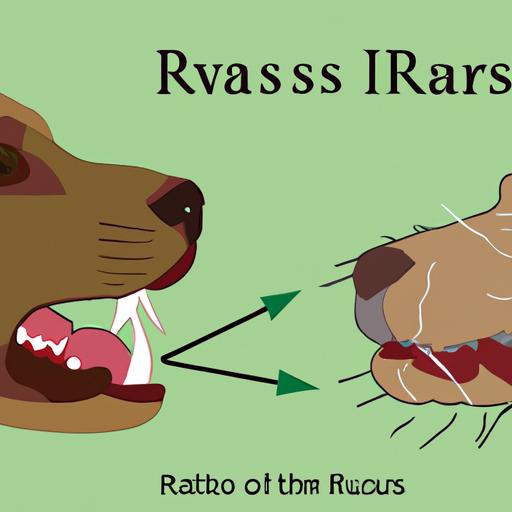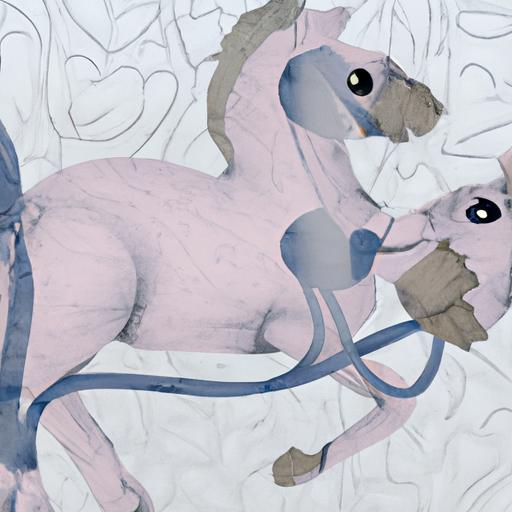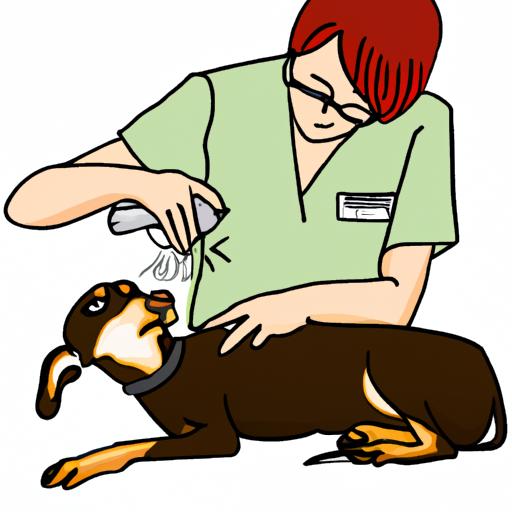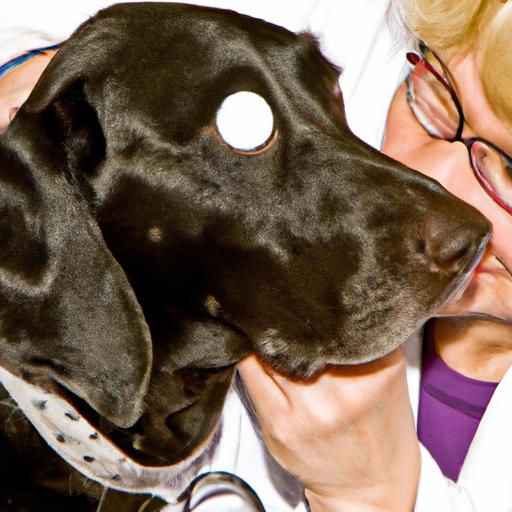
Canine Rabies: Understanding a Fatal Viral Disease
Learn about canine rabies, a fatal viral disease affecting dogs and humans. Understand its transmission, symptoms, prevention, and treatment. Stay informed!
Introduction
Rabies is a fatal viral disease that affects both animals and humans. In particular, canine rabies poses a significant threat to public health, as dogs are the primary carriers of the virus. Understanding the nature of this disease is crucial in order to prevent its spread and protect ourselves and our furry friends. In this article, we will delve into the key aspects of canine rabies, its transmission, symptoms, prevention, and the importance of early detection and treatment.

Understanding Canine Rabies
Canine rabies is caused by the rabies virus, which belongs to the Rhabdoviridae family. It is primarily transmitted through the bite or saliva of an infected animal, most commonly through the bite of an infected dog. Once the virus enters the body, it travels through the nervous system, leading to inflammation of the brain and spinal cord.
Symptoms and Progression of the Disease
The symptoms of canine rabies can vary depending on the stage of the disease. In the early stages, dogs may show signs of restlessness, anxiety, and aggression. As the disease progresses, they may experience difficulty swallowing, excessive drooling, paralysis, and eventually, death. It is important to note that not all infected dogs exhibit aggressive behavior, as some may become unusually quiet and withdrawn.
Importance of Early Detection and Treatment
Early detection and treatment are vital in combating canine rabies. Once symptoms manifest, the disease is almost always fatal, and there is currently no known cure. However, prompt administration of post-exposure prophylaxis (PEP) can effectively prevent the virus from spreading throughout the body. PEP consists of a series of vaccines and, if necessary, rabies immunoglobulin. It is crucial to seek medical attention immediately if you have been bitten or scratched by a dog suspected of having rabies.
Frequently Asked Questions (FAQ) about Canine Rabies
What is the prevalence of canine rabies worldwide?
Canine rabies is a global concern, particularly in regions with inadequate vaccination programs and poor animal control measures. According to the World Health Organization, more than 95% of human deaths due to rabies occur in Africa and Asia, with dogs being the primary source of transmission.
How can canine rabies be prevented?
Preventing canine rabies is a multifaceted approach that involves responsible pet ownership and effective vaccination programs. Vaccinating dogs against rabies is crucial, not only for their protection but also for preventing the spread of the virus to humans. Additionally, responsible pet ownership entails keeping dogs on leashes, avoiding contact with stray animals, and reporting any suspicious behavior or bites to local authorities.
Can humans contract rabies from infected dogs?
Yes, humans can contract rabies from infected dogs through bites or scratches that break the skin and allow the virus to enter the body. It is important to remember that rabies is a zoonotic disease, meaning it can be transmitted from animals to humans. Therefore, it is crucial to exercise caution and seek medical attention promptly if you have been exposed to an infected dog.
What are the vaccination requirements for dogs?
Vaccination requirements for dogs may vary depending on the country or region. In many countries, including the United States, rabies vaccination is mandatory for dogs. Puppies typically receive their first rabies vaccination at around 12 weeks of age, with booster shots required every one to three years, depending on local regulations. It is essential to consult with your veterinarian to ensure your dog is up to date with their rabies vaccinations.
Conclusion
Canine rabies is a fatal viral disease that demands our attention and understanding. By familiarizing ourselves with the transmission, symptoms, prevention, and treatment of this disease, we can take the necessary steps to protect ourselves and our beloved pets. Early detection and proper vaccination play key roles in mitigating the spread of rabies and safeguarding public health. Let us embrace responsible pet ownership and prioritize the health and well-being of our furry friends. Together, we can combat canine rabies and create a safer environment for both animals and humans.
Remember, knowledge is power when it comes to combating canine rabies. Stay informed, stay vigilant, and let’s work towards eradicating this fatal disease from our communities.






























